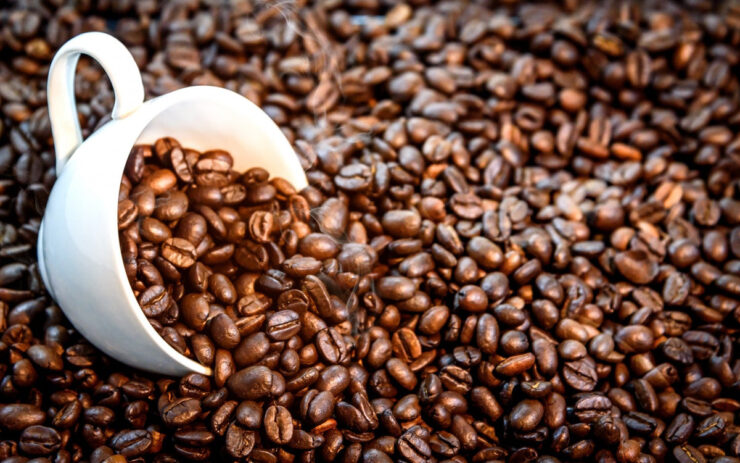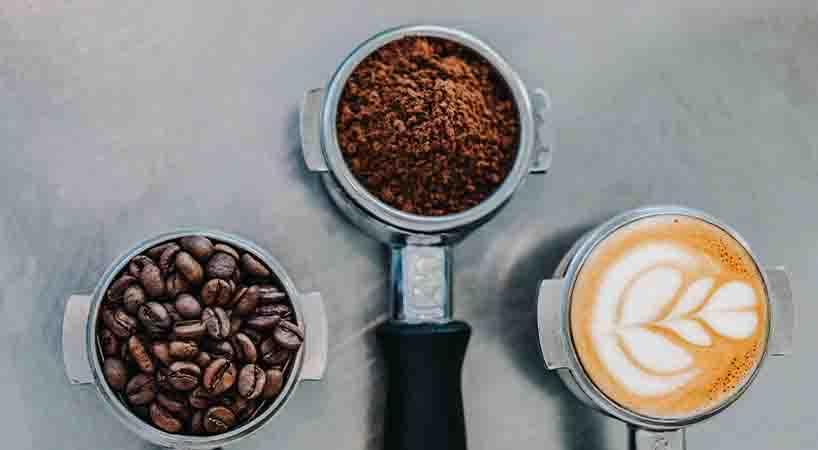Coffee is one of the most important things you can drink. But even though you love your morning cup of joe (or espresso shot or mocha latte), you may wonder whether your brew is good for you. Well, fear not! It’s so important that coffee enthusiasts are often called “coffee snobs.” We have tips to help you improve your coffee game and ensure each morning starts with a bang.
1. Use the right bean

The quality of your coffee largely depends on the kind of bean you use. Each variety of grape from the same vine has its distinct flavor, and so it is with coffee beans. Choosing a type that has been carefully selected for its flavor profile and quality is essential if you want to brew a delicious cup of coffee.
When deciding between a light, medium, or dark roast for a given batch of coffee, the roaster or shop owner will have their preferences and standards to follow.
2. Buy a burr grinder
To get the most out of your coffee-making experience, invest in a burr grinder from Planetary Design. Although they are more expensive than blade grinders (typically around $50), they are more cost-effective in the long run because of their durability and longevity. While a blade grinder may leave you with uneven results and be a pain to clean, a burr grinder will give you uniformly fine powder every time.
3. Grind Your Coffee Fresh

Coffee is at its optimal flavor when ground immediately before use. To make a French press, combine equal parts beans and water in a clean, dry container or measuring cup, and let the mixture rest for at least twenty minutes before pressing down on the plunger. This allows the full range of flavors in the beans to permeate each serving (or mug). The taste of the brewed coffee improves with the increased freshness of the grind.
Using a drip coffee maker or another method that doesn’t require much physical exertion, all you have to do is add about a quarter to half a teaspoon per 8-ounce cup and then fill it with hot water until it’s full!
4. Use filtered water
When making coffee, it’s best to use water that has been filtered. This is because chlorine and other impurities in tap water can cause your coffee to taste bitter. Additionally, brewing with filtered water is a better option if you don’t want to spend your afternoon scrubbing your machine.
Distilled or reverse osmosis (RO) bottled waters remove minerals from municipal sources before reaching their final destination. They are a good alternative for people living in areas with high mineral content in their tap water. Keep in mind that the mineral content of tap water varies by region, which could affect your machine’s efficiency if you plan to use it.
5. Don’t Reheat Your Coffee

This is one of the most common mistakes people make when brewing coffee and one of the easiest to avoid. You might be surprised to learn that reheating your favorite brew will cause a flavor and aroma loss! You can get around this by using an insulated mug or carafe, which keeps your beverage hot for up to four hours without burning either yourself or anyone else who may be nearby (or even across town)
6. Experiment with Different Coffee Varieties

Finding the perfect cup of coffee requires some exploration, and many avenues are open. If you want to switch things up, try experimenting with different brewing methods or combining single-origin coffees into a blend. Feel free to experiment with other brewing times and temperatures to find the optimal flavor profile for your palate.
If you’re new to brewing coffee at home (or even if not), consider investing in some essential equipment such as Aeropress and Chemex filters so that all your experiments look cleanly organized on top of each other without falling over onto itself like a kid’s birthday cake after two hours inside the refrigerator without icing.
7. Enjoy Your Coffee with the Right Accompaniments

There are many different ways to enjoy your coffee, and you can easily customize it to your tastes. Here are some suggestions:
- Cream and milk: If you prefer a lighter-tasting drink, add some cream or half-and-half before adding sugar or sweetener. Try using whole milk instead of 2% or skim for something with more flavor.
- Alternate Milk Options: Almond, soy, or oat milk are good options if you don’t want to consume dairy. These additions can give your coffee a distinctive taste and a touch of sweetness.
- Add a Dash of Cinnamon or Nutmeg: Cinnamon and nutmeg can add a warm, comforting flavor to your coffee. Sprinkle a pinch of your preferred spice into your coffee grounds before brewing.
- Use Flavored Coffee Syrups: If you want a more decadent option, try using flavored coffee syrups like vanilla, caramel, or hazelnut. These syrups can add a sweet, indulgent flavor to your coffee.
- Sugar: Sugar adds sweetness–but also leaves an aftertaste that some people don’t like (especially when it comes from artificial sweeteners). Try erythritol if you want something sweeter than just straight-up sugar! It has zero calories and no carbs but still gives off the same feeling as table sugar in terms of sweetness intensity.
- Sweeteners: Artificial sweeteners like Splenda will give your coffee a fake taste even though they’re technically safe for people with diabetes because they don’t raise blood glucose levels as much as regular table sugars do (which means less insulin release). However, if you want something closer to what would happen naturally without adding any extra chemicals into the mix, then consider using Stevia Extract Powder – which comes in both liquid form or tablet form depending on how much moisture is needed during processing, so keep these tips handy when purchasing new supplies online!
Final Words
It can be intimidating to brew coffee at home, but you can take some simple steps to improve your results. With these seven tips, you’ll realize that brewing coffee is much easier than you thought!
Read also this article.

